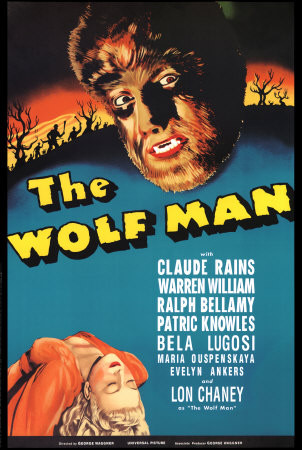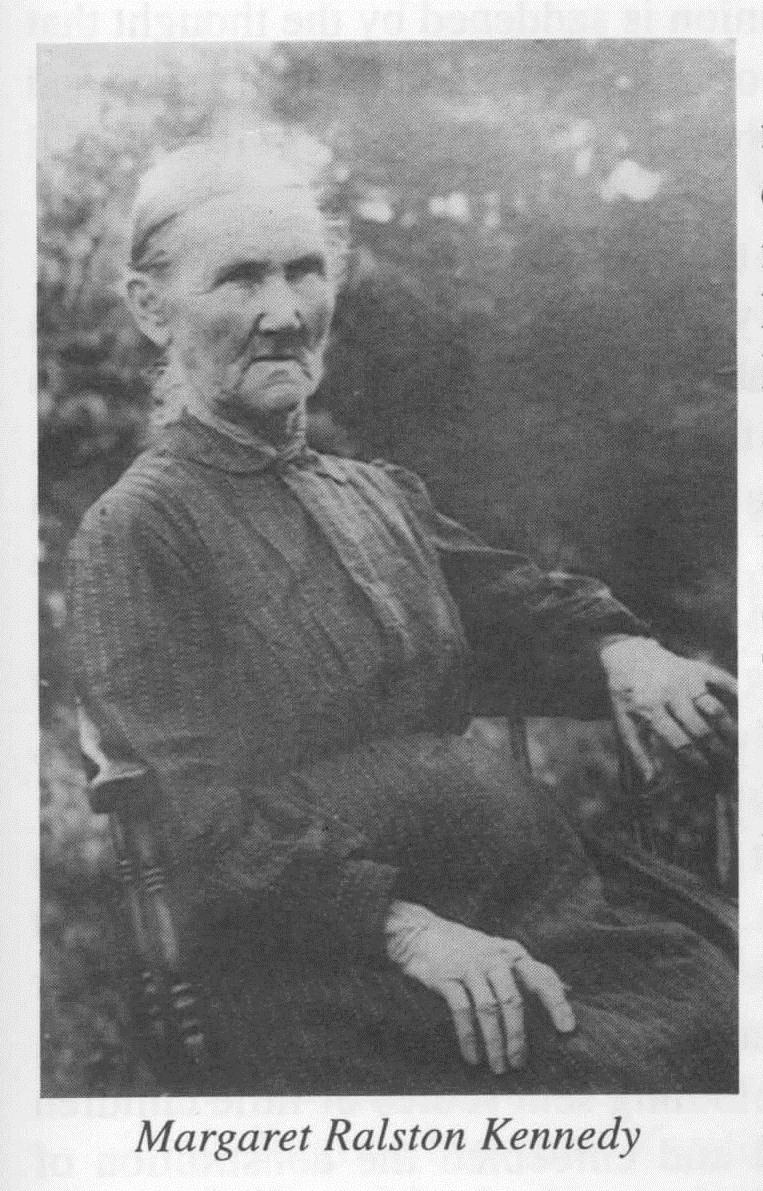Lon Chaney is synonymous with early horror cinema, a true pioneer who terrified and captivated audiences with his transformative makeup and deeply human portrayals of monstrous characters. While modern horror often relies on jump scares and gore, Chaney, often dubbed “The Man of a Thousand Faces,” pioneered a more psychological and empathetic approach to the genre. His legacy, along with that of his son, Lon Chaney Jr., extends beyond the silver screen, rooted in a family history marked by resilience and pioneering spirit, stretching back to the American frontier.
Chaney’s impact on horror movies is undeniable. He rose to prominence in the silent era, an age where visual storytelling reigned supreme. His mastery of makeup allowed him to embody grotesque and tragic figures, most famously Quasimodo in The Hunchback of Notre Dame (1923) and the titular Phantom in The Phantom of the Opera (1925). These weren’t just monster roles; Chaney imbued them with a pathos that resonated with audiences, making them both terrifying and deeply sympathetic. He wasn’t simply playing villains; he was exploring the monstrous within humanity, a theme that continues to be central to horror today.
 Lon Chaney, Sr. as the Phantom, Phantom of the Opera, 1925
Lon Chaney, Sr. as the Phantom, Phantom of the Opera, 1925
His dedication to his craft was legendary. Chaney developed his makeup techniques himself, often enduring pain and discomfort to achieve the desired transformations. This commitment to realism, even in fantastical roles, set a new standard for character acting in horror and beyond. James Cagney, who portrayed Chaney Sr. in the biopic Man of a Thousand Faces, understood this dedication, capturing the essence of a man driven by his art.
Lon Chaney Jr., while initially hesitant to follow in his father’s footsteps, eventually embraced the family legacy, carving his own niche in horror. He is best known for his role as Larry Talbot in The Wolf Man (1941), a character that resonated deeply with audiences and solidified the werewolf mythos in popular culture. Unlike his father’s self-made monsters, Chaney Jr.’s Wolf Man was a victim of circumstance, cursed and tormented by his transformations. This portrayal of a reluctant monster, grappling with guilt and inner turmoil, echoed the pathos that defined his father’s work and further expanded the emotional depth of horror cinema.
 Poster for Lon Chaney, Jr.
Poster for Lon Chaney, Jr.
The Chaney legacy, however, extends beyond the bright lights of Hollywood, tracing back to a remarkable family history rooted in the American pioneer experience. Delving into their ancestry reveals a lineage of resilience, determination, and a true pioneering spirit that mirrors the innovative nature of Lon Chaney Sr.’s contributions to film.
Lon Chaney Sr.’s parents, Frank Chaney and Emma Alice Kennedy, faced significant challenges. Both were deaf and mute, yet they built successful lives. Emma’s father, Jonathan Ralston Kennedy, was a key figure in this family narrative. Born in 1824, Jonathan embodied the westward expansion spirit of the 19th century. He migrated with his family to Illinois and then to the Kansas Territory in 1855, seeking new opportunities and taming the untamed land.
Their settlement in Douglas County, Kansas, placed them at the heart of a turbulent period known as “Bleeding Kansas,” a precursor to the Civil War. The Kennedy family found themselves in the crossfire of pro-slavery and anti-slavery conflicts, experiencing the violence and uncertainty of the era firsthand. The infamous raid on Lawrence, Kansas, in 1863, by Confederate guerrillas, was a stark reminder of the dangers they faced.
Amidst this turmoil, Jonathan Kennedy demonstrated a commitment to community and progress. He became a steward for the Kansas School for the Deaf and later helped establish the Colorado School for the Deaf and Blind, reflecting a dedication to education and inclusivity. This pioneering spirit in education mirrors Chaney’s own pioneering work in film, both men pushing boundaries and creating new paths.
At the heart of this family history is Margaret Ralston Kennedy, Lon Chaney Jr.’s great-great-grandmother and a true pioneer woman. Widowed in her mid-40s, Margaret persevered, migrating to Illinois and then Kansas, cultivating land, and surviving the hardships of frontier life and the Civil War era. Her life story is one of extraordinary resilience and courage, embodying the very essence of the American pioneer.
 Margaret Ralston Kennedy
Margaret Ralston Kennedy
The Chaney family story is a compelling tapestry woven from threads of Hollywood innovation and American pioneer grit. Lon Chaney, the horror movie pioneer, and his son, Lon Chaney Jr., inherited a legacy of pushing boundaries and overcoming obstacles, traits deeply embedded in their family history. From the silent film era to the golden age of Universal horror, and back to the rugged landscapes of the American frontier, the Chaney family embodies a spirit of perseverance and pioneering achievement that continues to resonate today. Their story is a testament to the enduring power of family, legacy, and the pioneering spirit that defines the American narrative.

